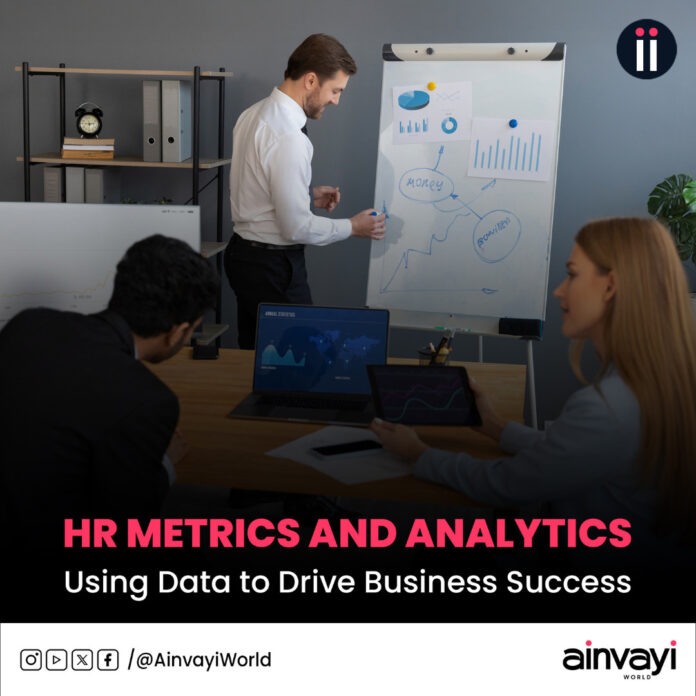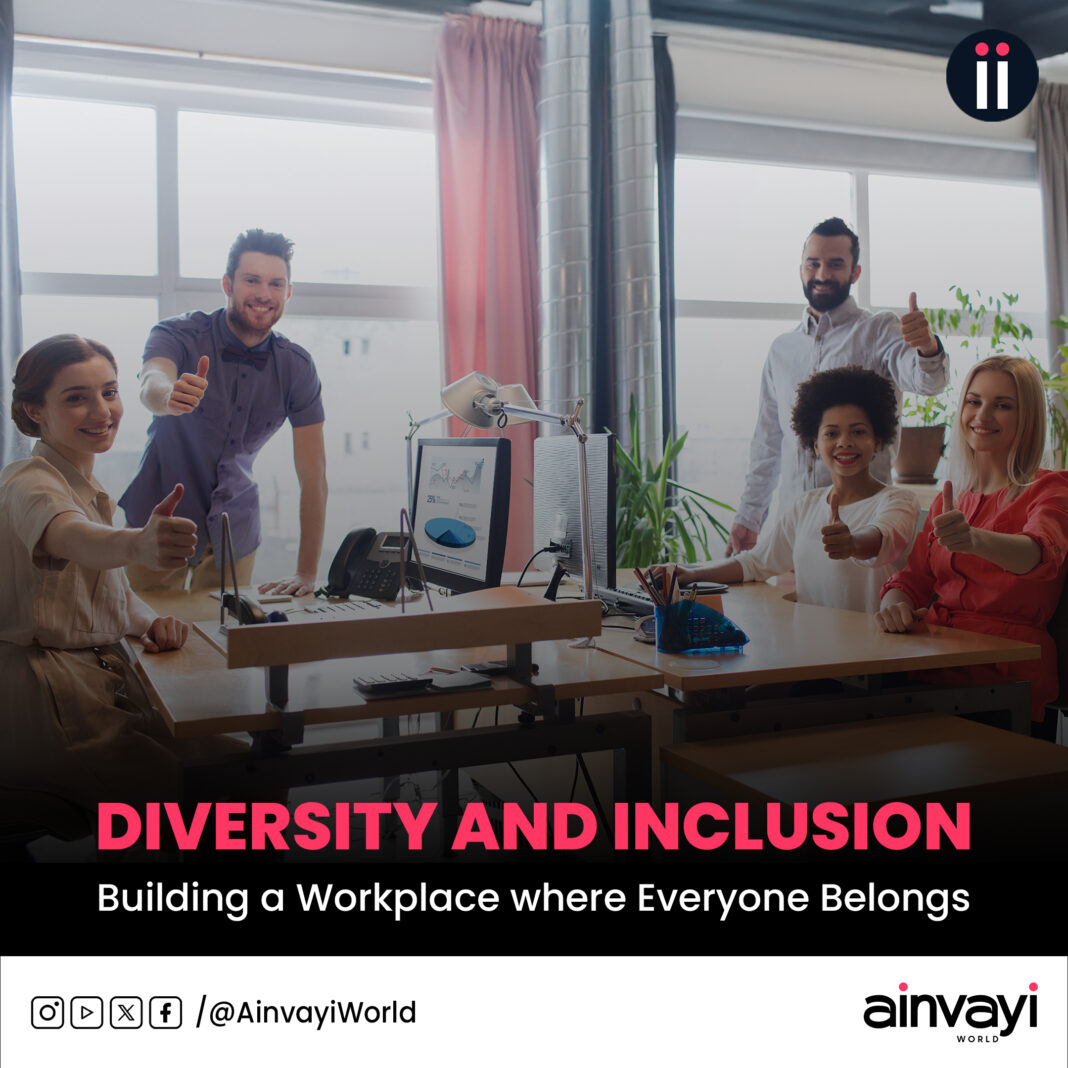Introduction
In today’s fast-paced business environment, data-driven HR practices have become essential for organizations to stay competitive and agile. HR metrics and analytics provide organizations with valuable insights into workforce trends, enabling them to make informed and strategic decisions. By leveraging data, organizations can optimize talent management, enhance employee engagement, refine recruitment processes, and drive overall business success.
Let’s explore the significance of HR metrics and analytics, their key components, and how they can transform HR decision-making to build a more efficient and future-ready workforce.
Understanding HR Metrics
HR metrics are quantifiable indicators that are used to assess the efficacy and efficiency of HR functions. These crucial data points help organizations measure workforce performance and make smarter decisions.
- Employee Turnover Rate – Indicates how frequently employees depart from the company. A high turnover rate may be a sign of deeper problems like poor management, lack of growth opportunities or job dissatisfaction. Reducing turnover lowers hiring costs and improves team stability.
Solution: Conduct exit interviews and implement employee retention strategies.
- Time-to-Fill – Monitors the average time taken to fill a vacant position. A lengthy hiring process can impact productivity.
Solution: Optimize job descriptions, streamline interview processes, and improve employer branding.
- Cost-per-Hire – Determines the overall expense of recruiting a new employee, including the cost of advertising, hiring, training, and onboarding.
Solution: Assess recruitment channels and optimize hiring budgets for cost efficiency.
- Absenteeism Rate – Tracks how frequently employees miss work. High absenteeism can signal low morale or workplace dissatisfaction.
Solution: Address workplace culture, provide wellness programs, and offer flexible work arrangements.
- Employee Engagement – Assesses employees’ level of motivation, commitment, and enthusiasm. Higher engagement leads to better performance and job satisfaction.
Solution: Implement employee feedback mechanisms, recognition programs, and professional development initiatives.
Tracking these key metrics allows HR professionals to pinpoint problem areas, implement data-backed improvements, and enhance workforce management.
Understanding HR Analytics
While HR metrics provide measurement, HR analytics goes a step further by interpreting data to reveal patterns, predict trends, and support strategic decision-making. HR analytics helps organizations:
- Use Predictive Analytics – Analyze historical data to forecast future workforce trends and behaviours, such as identifying employees at risk of leaving.
- Enhance Workforce Planning – Assess staffing needs and develop proactive hiring strategies based on data insights.
- Optimize Talent Management – Identify high-potential employees, track career growth, and create personalized development plans.
- Improve Employee Performance – Analyze performance data to offer targeted training, optimize productivity, and recognize top performers.
By applying HR analytics, organizations can move beyond reactive decision-making and adopt a proactive, strategic HR approach.
Implementing HR Metrics and Analytics
To successfully integrate HR analytics, businesses should follow these steps:
- Define Goals – Identify what you aim to achieve through HR metrics and analytics (e.g., reducing turnover, improving hiring efficiency).
- Select Relevant Metrics – Choose the HR metrics that best align with your business objectives.
- Collect Data – Ensure precise and reliable data is gathered from HR systems and mechanisms.
- Analyze Data – Use analytical tools to identify and interpret trends, patterns, and potential problem areas.
- Take Action – Develop and implement data-driven HR strategies to address challenges and accomplish objectives.
- Monitor and Adjust – Continuously evaluate HR initiatives and refine strategies based on evolving data insights.
By embedding HR metrics and analytics into everyday operations, businesses can enhance decision-making, optimize workforce planning, and improve overall performance.
Challenges in Implementation and How to Overcome them
Implementing HR metrics and analytics can be challenging. Here are some commonly faced obstacles and their fixes:
- Data Accuracy Issues – Inconsistent or incorrect data can lead to misleading insights.
Solution: To preserve data integrity, implement standardized data gathering processes and regular audits.
- Resistance to Change – New data-driven strategies and decisions may encounter resistance from employees.
Solution: Educate teams on the benefits of analytics and involve them in the transition process.
- Limited Resources – Small or mid-sized companies may lack the budget, technology or expertise for advanced analytics.
Solution: Leverage cost-effective and already-existing HR tools, and consider external partnerships.
A structured approach to overcoming these challenges ensures a smooth and effective implementation of HR metrics and analytics.
Measuring the Impact of HR Metrics and Analytics
To evaluate the success of implementing HR metrics and analytics, businesses should track the following key impact indicators:
- Retention Rates – Measure improvements in employee retention over time.
- Employee Satisfaction Scores – Use surveys and feedback to gauge engagement and job satisfaction levels.
- Promotion & Career Growth Data – Track internal promotions and professional development progress.
- Diversity & Inclusion Metrics – Monitor workforce demographics to ensure equitable hiring and advancement opportunities.
Conclusion
HR metrics and analytics are effective instruments that empower businesses to make data-driven choices. By tracking key HR metrics and leveraging analytics, organizations can optimize recruitment, boost employee engagement, and improve overall business performance. Start integrating HR metrics and analytics into your business operations now!




